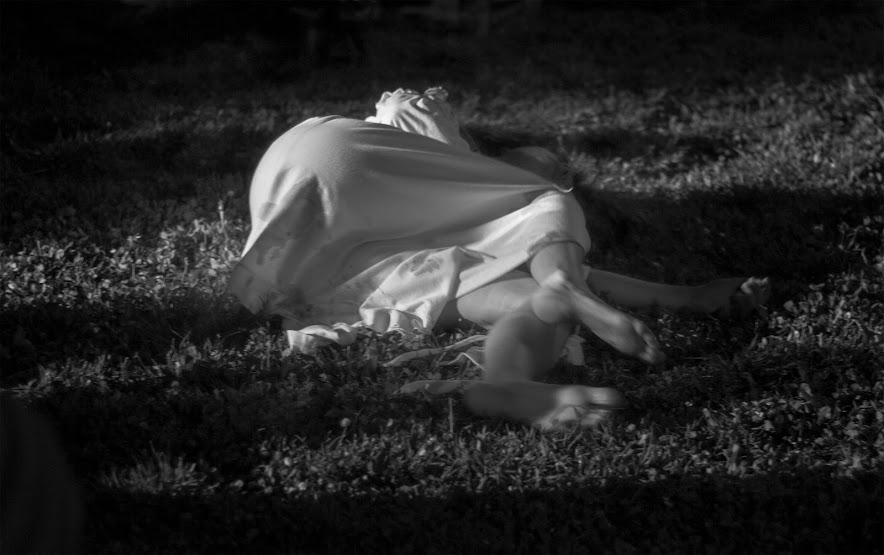Sin Paz
Durante el conflicto armado colombiano, las mujeres
padecieron una serie de violencias específicamente dirigidas contra ellas por
el hecho de serlo. Para entender por qué ocurrieron –y siguen ocurriendo– es
necesario acercarse a la complejidad de la realidad colombiana, pues son el
resultado de múltiples factores y circunstancias.
«[...] Como lo puede contar esa historia, la que siempre
hemos vivido. De hecho, todo lo que hacen esos grupos subversivos es por la
misma historia: que el hombre siempre ha querido subordinar a las mujeres.
Entonces ellos también están en una época patriarcal, por decirlo así. Creen
que son los dueños del mundo y que pueden acabar, violar, matar, hacer todo lo
que se les dé la gana con la vida de la mujer». Entrevista 045-VI-00027. (Mujer,
afrocolombiana, lideresa). (*)
“El patriarcado funciona en la realidad colombiana: como
una forma de dominación masculina sobre las mujeres, presente en la raíz de las
múltiples violencias que se ejercen contra ellas, que opera en distintos
ámbitos de sus vidas y de sus relaciones, y permea diversos sectores sociales e
instituciones. La opresión que genera el patriarcado se entrecruza con otras
discriminaciones, como el racismo o el clasismo, y se agravó con el conflicto armado.
El patriarcado está «fundado sobre la desigualdad, la
opresión y la discriminación, en particular, en contra de las mujeres. En este
entramado social, político, económico y cultural, la guerra se convierte en una
de las formas de expresión más claras de este sistema para mantener un tipo de
relaciones jerárquicas, injustas y violentas»” (Informe 1306-CI-02027,
Codhes, «Patriarcado, mujeres y conflicto armado»).(*)
El contínuum de violencias se refiere a la persistencia de
las violencias que las mujeres han vivido –y viven– a lo largo de su vida,
dentro y fuera del conflicto armado. La mayoría de las mujeres víctimas de la
guerra que dieron su testimonio a la Comisión han sufrido violencias desde la
infancia por parte de personas cercanas, principalmente hombres de su familia y
entorno, como padres, abuelos, compañeros sentimentales, vecinos, jefes
laborales... De manera agravada, las víctimas han sufrido también a manos de
los actores del conflicto, tanto civiles como armados, y de una amplia gama de
funcionarios.
Fotografía e instalación de
Manuel Antonio Velandia Mora. Procesamiento sobre imagen de 2017. Actriz
Katherine Muñoz. Lugar: Bogotá, Colombia. Fecha: 10/2019. Velandia es Ganador
de la Beca Idartes de apropiación de Bogotá Diversa dirigida a los sectores
sociales en la categoría víctimas del conflicto armado colombiano.
Without
peace
During the Colombian armed conflict, women suffered a series of violence specifically directed against them for the fact of being women. To understand why they happened –and continue to happen– it is necessary to approach the complexity of the Colombian reality, since they are the result of multiple factors and circumstances.
 |
| Sin Paz. Instalación La levedad que nos hacen ser. |
«[...] How
can that story tell it, the one we have always lived. In fact, everything these
subversive groups do is based on the same story: that men have always wanted to
subordinate women. So they too are in a patriarchal age, so to speak. They
believe that they are the owners of the world and that they can end, rape,
kill, do whatever they want with the woman's life. Interview 045-VI-00027.
(Woman, Afro-Colombian, leader). (*)
“Patriarchy
works in the Colombian reality: as a form of male domination over women,
present at the root of the multiple violence that is exercised against them,
which operates in different areas of their lives and their relationships, and
permeates various sectors. social and institutions. The oppression generated by
patriarchy is intertwined with other forms of discrimination, such as racism or
classism, and was aggravated by the armed conflict.
Patriarchy
is “founded on inequality, oppression, and discrimination, particularly against
women. In this social, political, economic and cultural framework, war becomes
one of the clearest forms of expression of this system to maintain a type of
hierarchical, unfair and violent relations»” (Report 1306-CI-02027, Codhes,
«Patriarchy, women and armed conflict»).(*)
The
continuum of violence refers to the persistence of violence that women have
experienced – and are experiencing – throughout their lives, inside and outside
of the armed conflict. Most of the women victims of the war who gave their
testimony to the Commission have suffered violence since childhood by people
close to them, mainly men from their family and environment, such as parents,
grandparents, romantic partners, neighbors, work bosses. In an aggravated way,
the victims have also suffered at the hands of the actors in the conflict, both
civilian and armed, and a wide range of officials.
Photography
and installation by Manuel Antonio Velandia Mora. Image processing of 2017.
Actress Katherine Muñoz. Location: Bogota, Colombia. Date: 10/2019. Velandia is
the Winner of the Idartes Scholarship for appropriation of Bogotá Diverse aimed
at the social sectors in the category of victims of the Colombian armed
conflict.
Este ARTivista es miembro del colectivo Prensa marica
(*) My body is the truth. Experiences of women and LGBTIQ+ people in the armed conflict. There is a future if there is truth. Final Report of the Commission for the Clarification of Truth, Coexistence and Non-Repetition (Bogotá, 2022).



Comentarios
Publicar un comentario